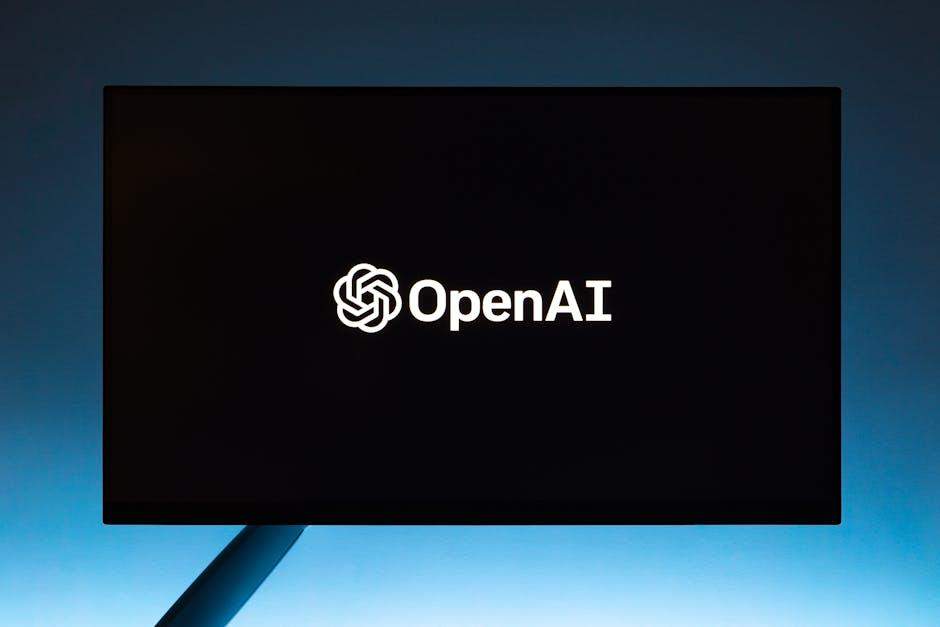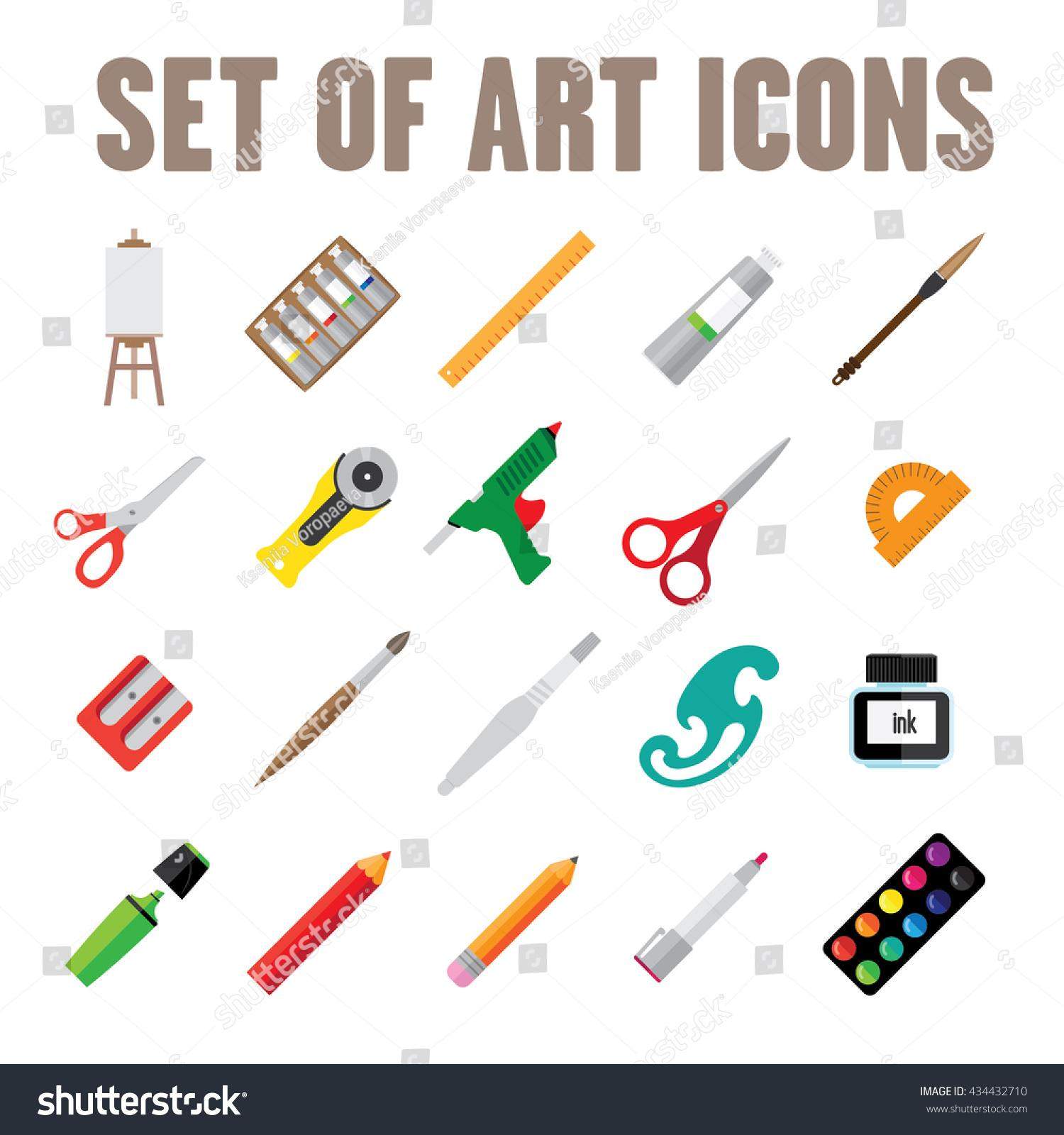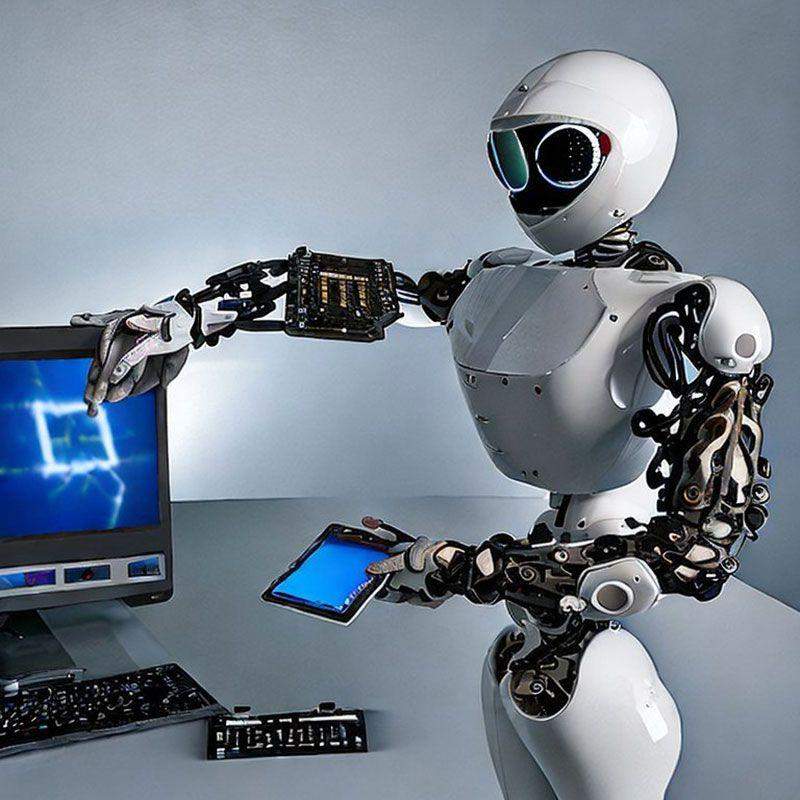Artificial intelligence isn’t just powering self-driving cars and personalized recommendations; it’s quietly revolutionizing the very face of brands. From logo creation to crafting a consistent brand voice, AI is seeping into the creative process in unexpected and exciting ways. This listicle explores four key applications of AI in brand design, revealing how this cutting-edge technology is reshaping the visual landscape and offering new tools for brands to connect with their audiences. Prepare to discover how AI is not only changing what we design but also how we design it.
1) Personalized Visual Journeys: AI is enabling brands to tailor visual experiences to individual customer preferences, creating dynamic logos, personalized color palettes, and targeted imagery that resonate on a deeper level
Imagine a brand logo subtly shifting its form and color based on your past interactions, or product images morphing to reflect your individual style. This isn’t science fiction; it’s the power of AI-driven personalization in visual branding. AI algorithms can analyze vast amounts of customer data, from browsing history to social media activity, to understand individual aesthetics and preferences. This allows brands to create dynamic visual elements that connect with customers on a deeply personal level, fostering a stronger sense of brand loyalty and engagement.
No longer are brands confined to static visuals. AI empowers them to craft bespoke experiences tailored to each individual. Think dynamically generated color palettes that align with a customer’s favorite hues, or targeted product imagery showcasing items that perfectly match their unique style. This level of personalization transforms the brand experience from a one-size-fits-all approach to a truly individualized journey.
| Feature | Benefit |
| Dynamic Logos | Enhanced Brand Recognition and Recall |
| Personalized Color Palettes | Increased Emotional Connection |
| Targeted Imagery | Improved Conversion Rates |
- Increased Engagement: Dynamic visuals capture attention and encourage interaction.
- Improved Brand Loyalty: Personalized experiences foster a stronger connection with the brand.
- Enhanced Brand Storytelling: Tailored visuals help communicate brand narratives more effectively.

2) Data-Driven Design Decisions: Forget guesswork. AI empowers brands to analyze vast datasets of consumer behavior and market trends, informing design choices with data-backed insights for maximum impact and effectiveness
Say goodbye to design by hunch and hello to data-driven brilliance. AI’s ability to crunch massive datasets—think consumer preferences, purchase history, website interactions, social media trends—provides brands with an unprecedented understanding of their target audience. Imagine knowing precisely which colors resonate with your ideal customer, the optimal layout for driving conversions, or the most effective typography for conveying your brand message. It’s not science fiction; it’s the power of AI-driven design.
This analytical prowess transcends aesthetics. AI can predict the performance of different design elements, A/B test variations with unparalleled speed and accuracy, and even personalize brand experiences down to the individual user. Forget generic campaigns; AI allows brands to tailor every visual element for maximum impact. See the potential impact below:
| AI-Driven Insight | Design Impact |
|---|---|
| 70% of users prefer minimalist website designs | Decluttered website layout, streamlined navigation |
| Video content generates 2x higher engagement than static images | Prioritizing video integration across platforms |
| Personalized emails have a 6x higher transaction rate | Dynamic email templates tailored to user preferences |
- Benefit 1: Eliminates guesswork
- Benefit 2: Maximizes ROI on design efforts
- Benefit 3: Creates hyper-relevant brand experiences

3) Automated Content Creation: AI tools automate the creation of marketing visuals, social media graphics, and even website layouts, freeing up designers to focus on higher-level creative strategy and brand storytelling
3) Automated Content Creation
Imagine a world where churning out dozens of social media graphics doesn’t eat up your entire day. AI image generators are making that a reality. Need a Facebook banner with a specific aesthetic? Input your requirements, and the AI serves up options faster than you can say ”brand consistency.” This doesn’t replace the designer’s eye, but it *does* eliminate the grunt work. Think of it as having a tireless design assistant, always on call, ready to handle the repetitive tasks. This frees up human creatives to focus on the “why” behind the designs, crafting compelling narratives that resonate with the target audience. It’s less about pixel-pushing and more about big-picture thinking.
Want to see how this plays out in the real world? Take website layouts, for instance. AI-powered tools can now generate basic website structures based on your content and desired style. While designers would still refine the details and implement the brand’s unique personality, the initial scaffolding is already there. This accelerates the entire design process, allowing brands to launch campaigns and update their online presence with unprecedented speed.
| Task | Traditional Method | AI-Powered Method |
| Social Media Graphic | Designer creates from scratch | AI generates options; designer refines |
| Website Layout | Designer builds wireframe & mockup | AI generates basic structure; designer customizes |
| Marketing Visuals | Designer sources stock images, edits | AI generates or suggests tailored visuals |

4) Enhanced Accessibility and Inclusivity: AI is breaking down barriers by automating tasks like alt text generation and ensuring designs meet accessibility guidelines, making branded content more inclusive and reachable for everyone
Imagine a world where design speaks to everyone, regardless of their abilities. AI is quietly building that world, brick by digital brick. Automating the tedious, yet essential, task of alt text generation for images is a prime example. No longer do designers need to manually describe every visual element; AI steps in, crafting accurate and descriptive text that screen readers can interpret, opening up visual content to the visually impaired. This automation frees designers to focus on higher-level creative tasks, while simultaneously fostering a more inclusive online experience.
Beyond alt text, AI is also proving invaluable in ensuring adherence to accessibility guidelines like WCAG (Web Content Accessibility Guidelines). By analyzing designs for color contrast, font sizes, and keyboard navigation, AI can flag potential issues early in the design process, saving time and resources. This proactive approach helps brands avoid costly revisions later and, more importantly, creates a more welcoming and usable experience for everyone. Think about features like AI-powered caption generation for videos or automated transcripts for audio content: the possibilities for inclusive design are truly expanding.
| Feature | Benefit |
|---|---|
| Automated Alt Text | Improved image accessibility for screen readers |
| WCAG Compliance Checks | Proactive identification of accessibility issues |
| AI-Powered Captions | Enhanced video accessibility for the deaf and hard of hearing |
The Conclusion
The canvas of brand design is being repainted, brushstroke by algorithmic brushstroke. AI isn’t just a tool; it’s becoming a collaborative partner, pushing the boundaries of creativity and efficiency. While these four examples offer a glimpse into the present, the future of AI-powered brand design holds a spectrum of possibilities yet to be explored. From generating entirely new visual languages to hyper-personalizing every brand interaction, the only certainty is transformation. The question isn’t whether AI will continue to reshape brand design, but how profoundly it will redefine what a brand can be.




